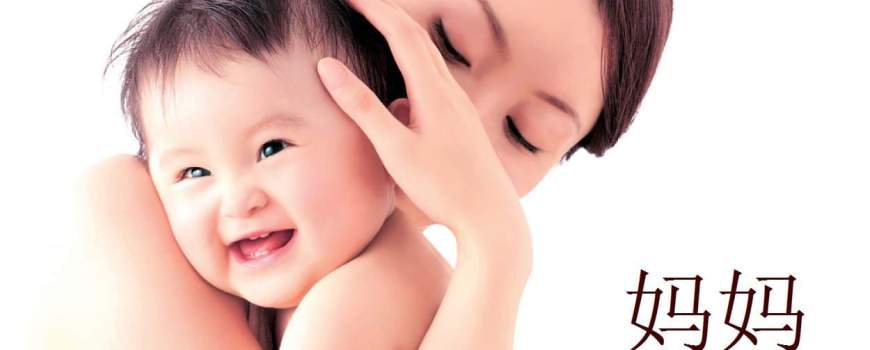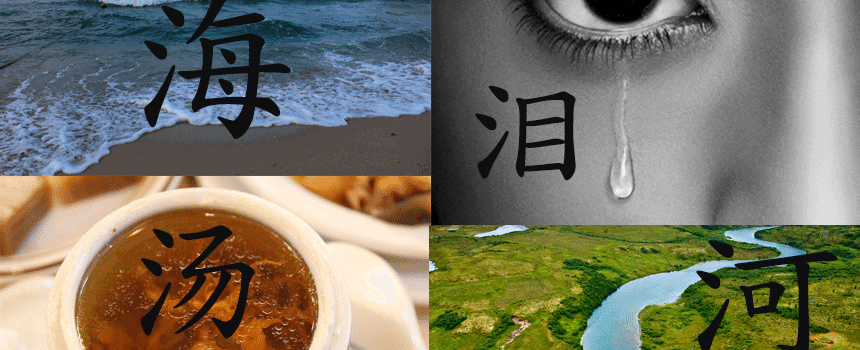木字旁 Mu zi pang: The Tree Radical
木字旁 (mù zì pang) or the tree radical, is seen in many Chinese characters with a ‘natural’ meaning such as trees 李子 (lǐ zi) plum tree, fruits such as 橙子 (chéng zi) orange and even wooden objects, such as 柜子 (guì zi) cabinet. It can also be seen in less obvious characters, some of which are featured below. Here are… Read More





